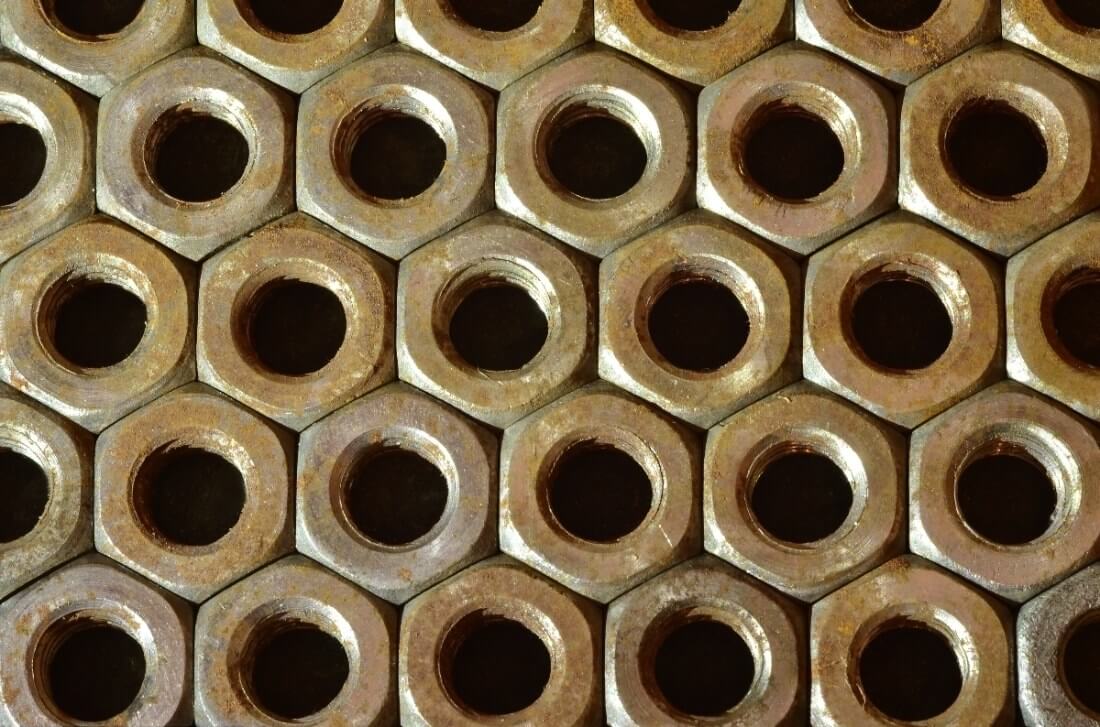Construction sites are prominent in the UK, yet can be a haven for potential accidents if not properly manned. With heavy machinery and large quantities of cargo and scrap being transported to and from the sites, they can become dangerous. There’s a lot to be mindful of in construction sites. Chances are, there will already be a health & safety member of staff (or team) on hand to ensure that risks are kept to a minimum. Just in case, however, here’s a few major health & safety concerns for construction sites, and how to prevent issues from arising.
Improper use of machinery
Not knowing how to man a piece of machinery is a sure-fire way to head into trouble. Machinery found on construction sites is often very intricate and needs efficient training to be able to use it. If somebody is using it who is underqualified then they run the risk of causing an incident for themselves or for others.
Maxilead recommends: if somebody is not readily able to man a piece of machinery, then do not let them use it. If you have a small team it may be worth the allocation of time and resources to train everybody to use pieces of common machinery on-site to ensure that they are safe to use it. Whilst everybody on site will have different responsibilities, situations may arise where an individual has to take over on another job similar to theirs. Don’t run the risk of accidents, ensure that all of the team are trained to operate.
Slips, trips and falls
Such incidents can arise anywhere, but on a site that is likely to be riddled with uneven ground and materials lying around the risk is heightened even more so. It is the responsibility of all the team to ensure that the construction site is properly organised and managed. Though it is an often occurrence to come across scrap metals and materials, effort should be made to ensure that waste is not left lying around. Bid goodbye to the scrap metal and make money whilst you’re at it by recycling with us today.
It is thought that several thousand construction workers are injured every year following such accidents at work, though the injuries are not usually threatening nor long-standing, they still ought to be avoided. Everybody can play a part in hazard reduction and if you do not have a health & safety team on hand, it is mandatory that you take the responsibility yourself for these matters.
Maxilead recommends: reminders should be installed everywhere to ensure that all members of the team take the effort to be mindful of uneven ground and to clean up after themselves. You can leave informative posters in staff rooms, on-site and even on the back of toilet cubicle doors! Anything that gets the message across is a good idea. Also, investing in a commercial skip is a great way to keep your waste in one place so that it is ready to be easily-recycled and is also not in anybody’s way.
Electrical dangers
Electric often runs through construction sites to power any machinery and onsite equipment. It is important, therefore, that everybody is mindful of the electricity protocols surrounding the site.
It is actually legally binding that you must take precautions against risk of injury from electricity within the workplace. It is crucial, therefore, that all electrical equipment on-site must be properly maintained by a qualified person to do so.
Maxilead recommends: remember to be mindful that work should only be carried out in live situations when it is absolutely necessary to be so. (This is likely to be in an emergency situation so on a construction site, you should be free from this scenario). Even in these situations, it is important that the work is only carried out by those that are trained and qualified to do so.
Working from height
Managing work at height demands a number of safety protocols. The golden question always to be asked is “can this be done from ground level?” as this is a much safer alternative. If the answer to that question is no then this is not an issue, you just need to be more mindful with your health and safety procedures.
Fall restraints and safety nettings should be considered when an individual is working from height. Before this, however, it is important to risk assess the area. Is there anything that could pose an issue to the designated worker? Is the ground stable enough for machinery to lift an individual to work from height? These are the basic questions you should be asking yourself. After risk assessing you should also ensure that ladders (if used) are positioned properly and machinery (if used) is operating effectively.
Maxilead recommends: remember to always follow the golden rule. If a job can be done from ground level, then it should be done so. If not, then it is always important to intricately pre-assess and plan a job from a height before it is carried out.
For more to read on the ins and outs of construction and waste metal, head over to our blog. Or, to get in touch about metal recycling or skip hire, contact us today.










